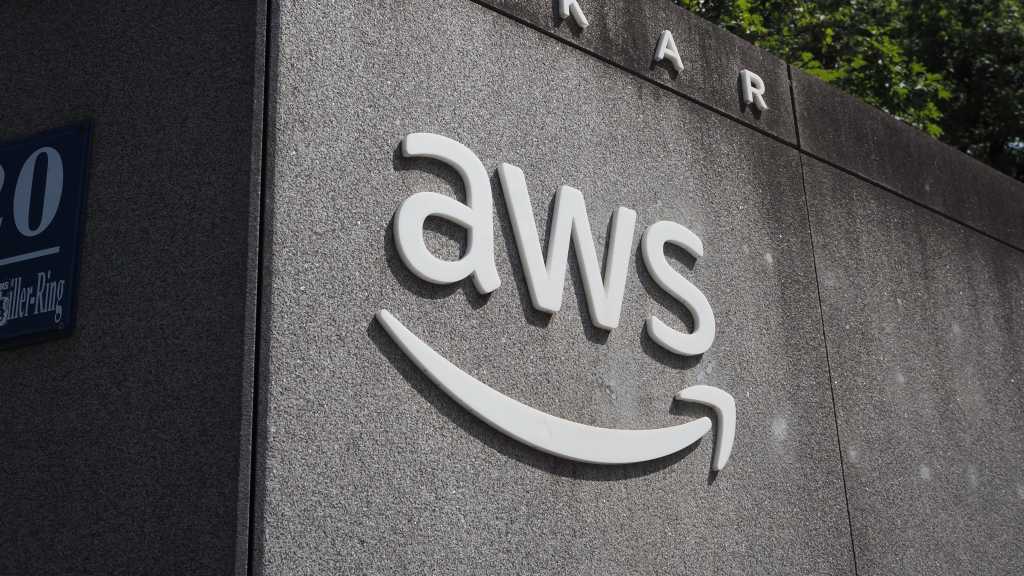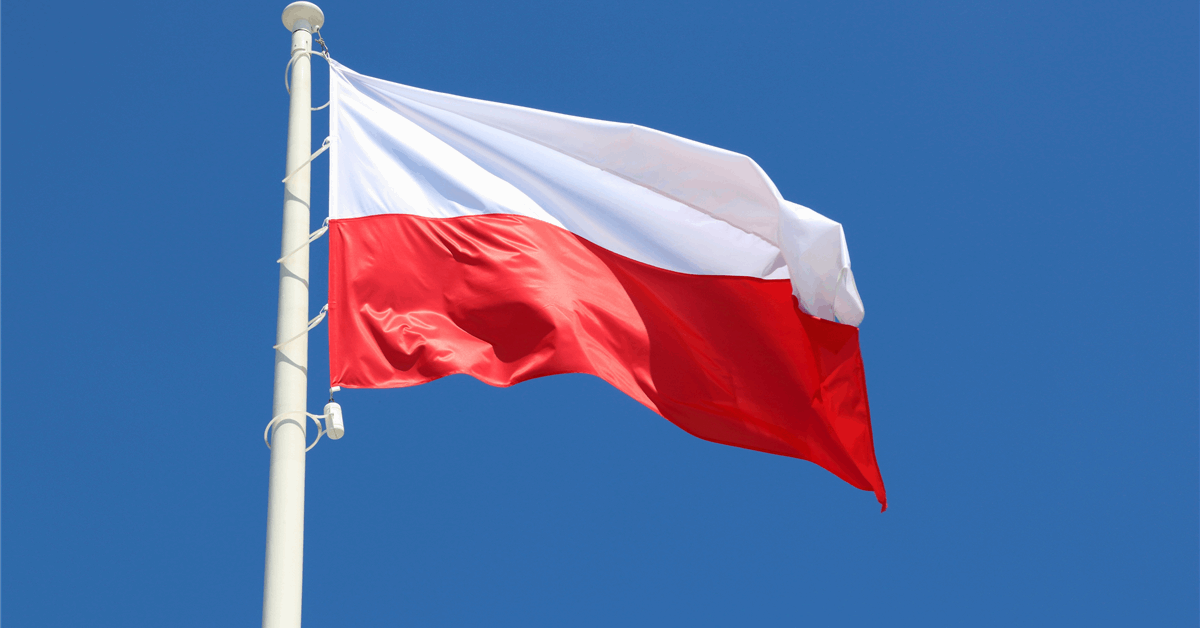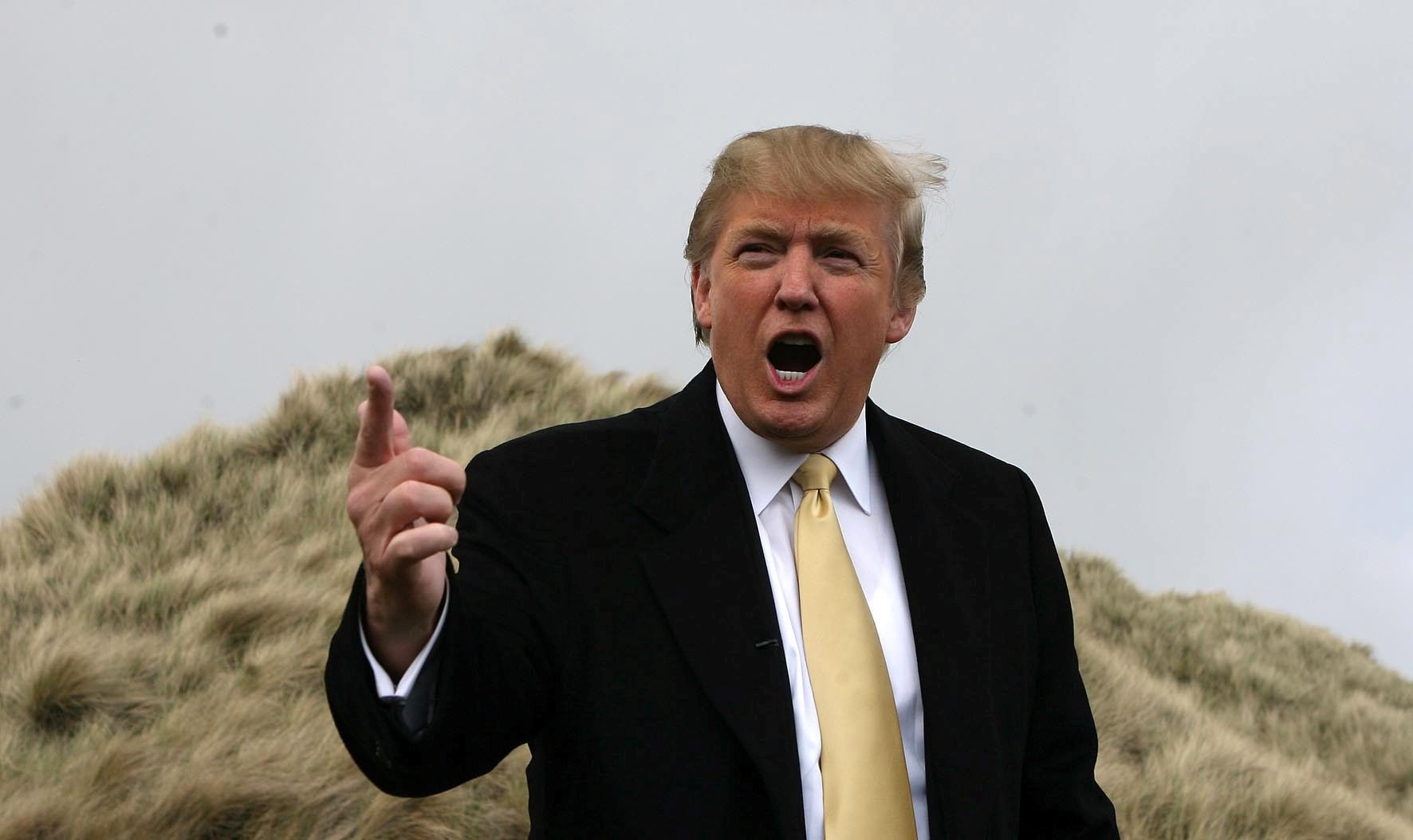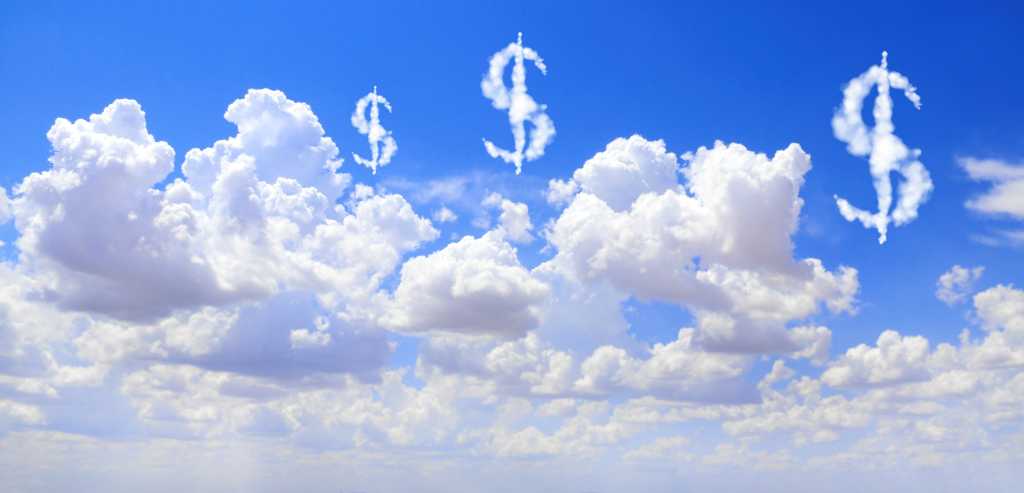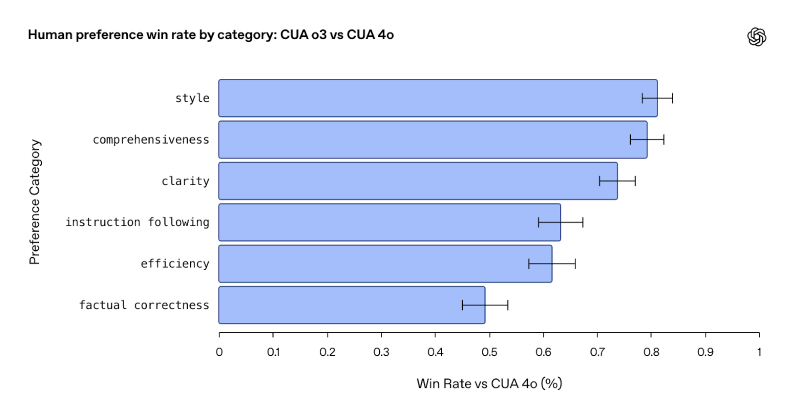
Oil drifted higher in thin pre-holiday trading as investors’ conviction that the US and Iran can reach a nuclear deal waned while strong US data buoyed a shaky demand picture.
West Texas Intermediate edged up by 0.5% to settle above $61 a barrel, with volumes trending lower ahead of Monday’s Memorial Day holiday.
The US and Iran concluded a fifth round of nuclear talks in Rome that yielded “some but not conclusive progress,” according to Iranian Foreign Minister Abbas Araghchi. A wrong turn in the negotiations, which have spurred criticism from several high-ranking Iranian officials, may lead to tighter sanctions, crimping flows from the OPEC member.
Meanwhile, strong US economic data helped erase an earlier rout of nearly 2% after President Donald Trump said in a social media post that the European Union had been “very difficult to deal with” and that he would recommend a 50% tariff to be imposed on the bloc on June 1. The US dollar slumped to its lowest level since 2023, making commodities priced in the currency more attractive.
Geopolitics have been a major focus for traders this week, with a report from CNN that US intelligence suggested Israel was making preparations to strike Iranian nuclear facilities driving brief gains earlier in the week. After that, Araghchi, Iran’s lead negotiator in talks with the US, said a deal was possible that would entail Tehran avoiding nuclear weapons, but not ditching uranium enrichment.
Still, the outlook remains overall bearish. Crude has shed about 14% this year, hitting the lowest since 2021 last month, as OPEC+ loosened supply curbs at a faster-than-expected pace, just as the US-led tariff war posed headwinds for demand. Prices had recovered some ground as trade tensions between the US and China eased, but data this week also showed another increase in US commercial oil stockpiles, adding to concerns about a supply glut.
“Bearish sentiment returned to the oil market this week,” said Jens Naervig Pedersen, a strategist at Danske Bank. “While another OPEC+ output hike is the main concern, progress in Iran nuclear talks, and the potential sanctions relief, and lack of progress in trade talks add to market woes.”
A group of eight OPEC+ nations, including de facto leader Saudi Arabia, will hold a virtual meeting on June 1 to decide on July’s supply levels. A Bloomberg survey of traders and analysts showed most expected another surge.
Elsewhere, European Commission economy chief Valdis Dombrovskis said it would be appropriate to lower the cap on Russian oil to $50 a barrel. The current $60 ceiling — meant to punish Moscow for its war against Ukraine, while keeping the oil flowing — isn’t hurting the producer given lower prices, he added.
Oil Prices
- WTI for July delivery rose 0.5% to settle at $61.53 a barrel in New York.
- Brent for July settlement advanced 0.5% to settle at $64.78 a barrel.
What do you think? We’d love to hear from you, join the conversation on the
Rigzone Energy Network.
The Rigzone Energy Network is a new social experience created for you and all energy professionals to Speak Up about our industry, share knowledge, connect with peers and industry insiders and engage in a professional community that will empower your career in energy.
MORE FROM THIS AUTHOR
Bloomberg




